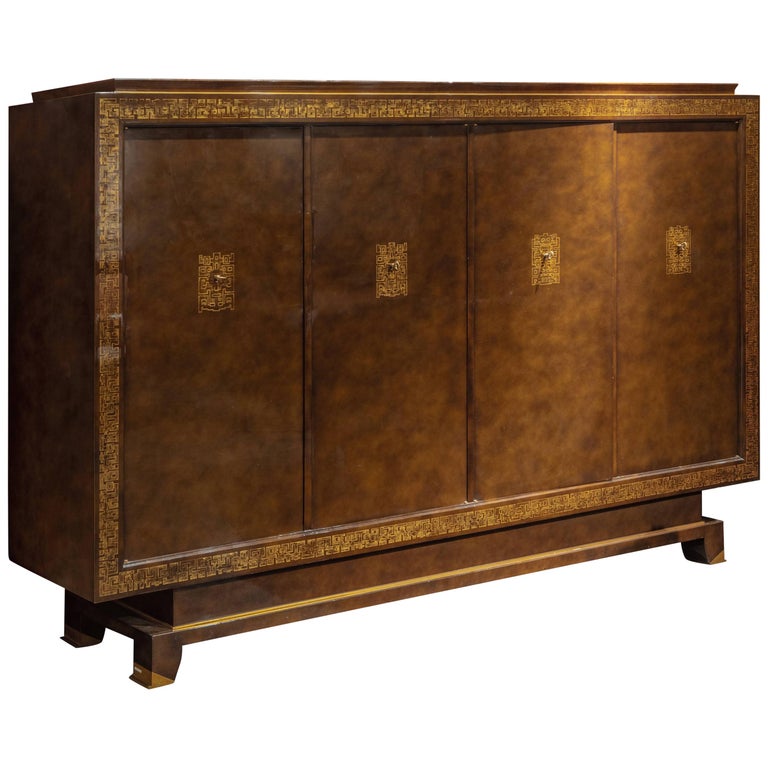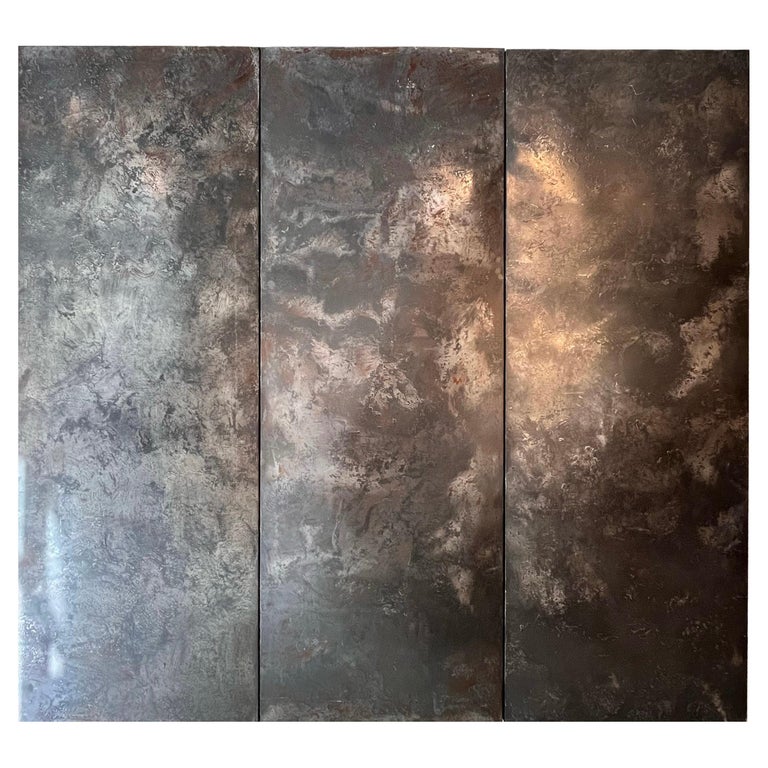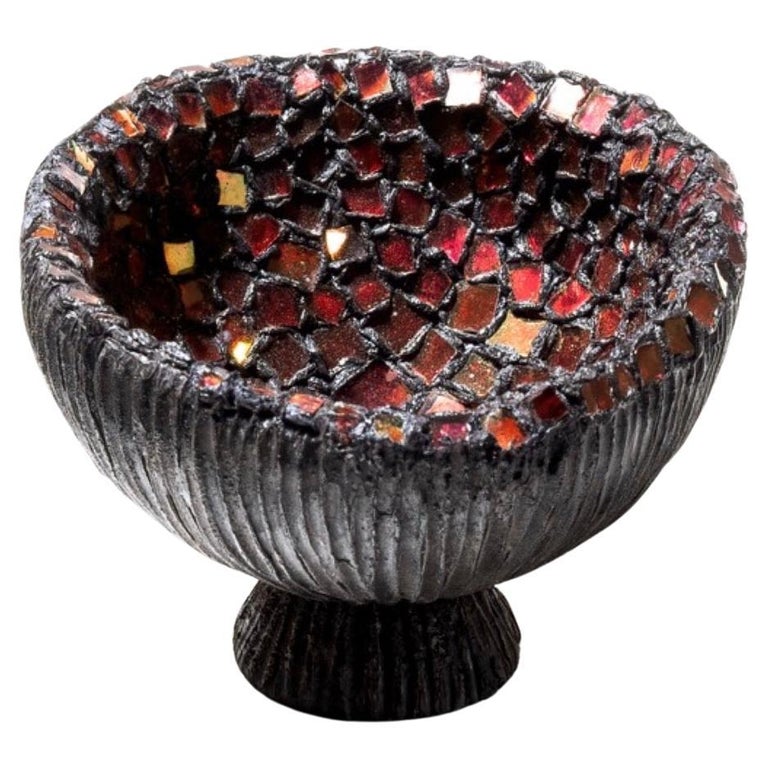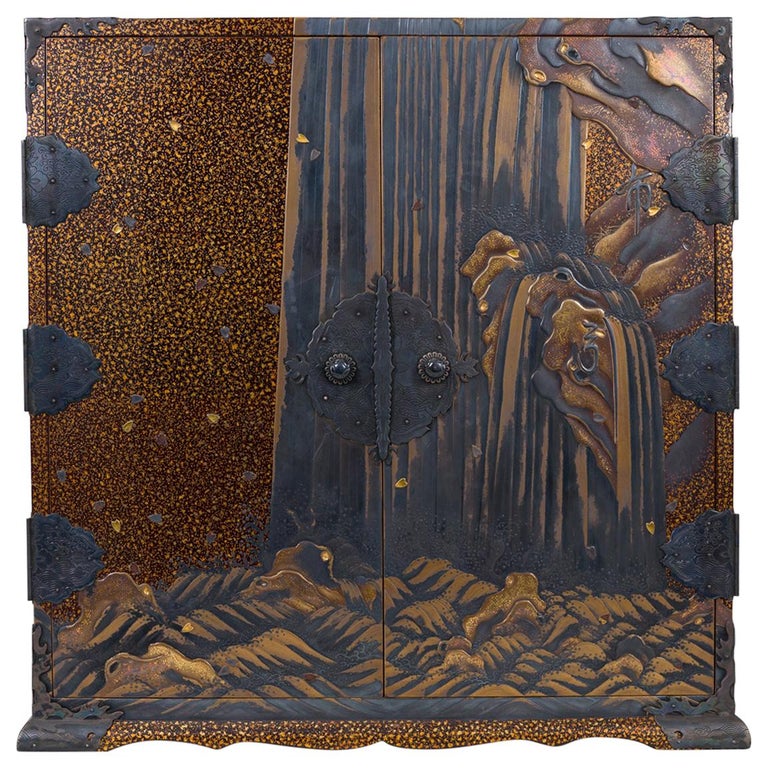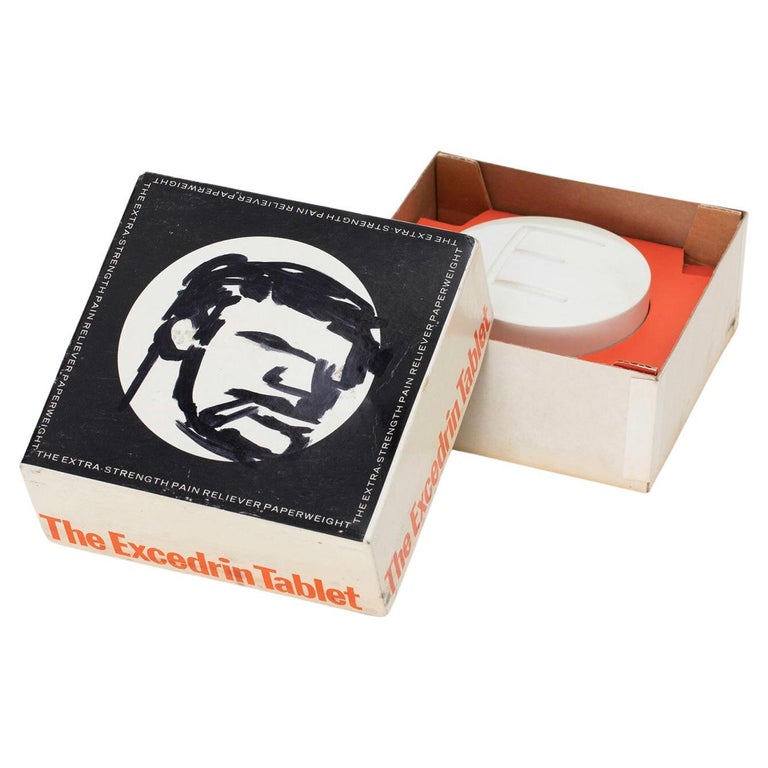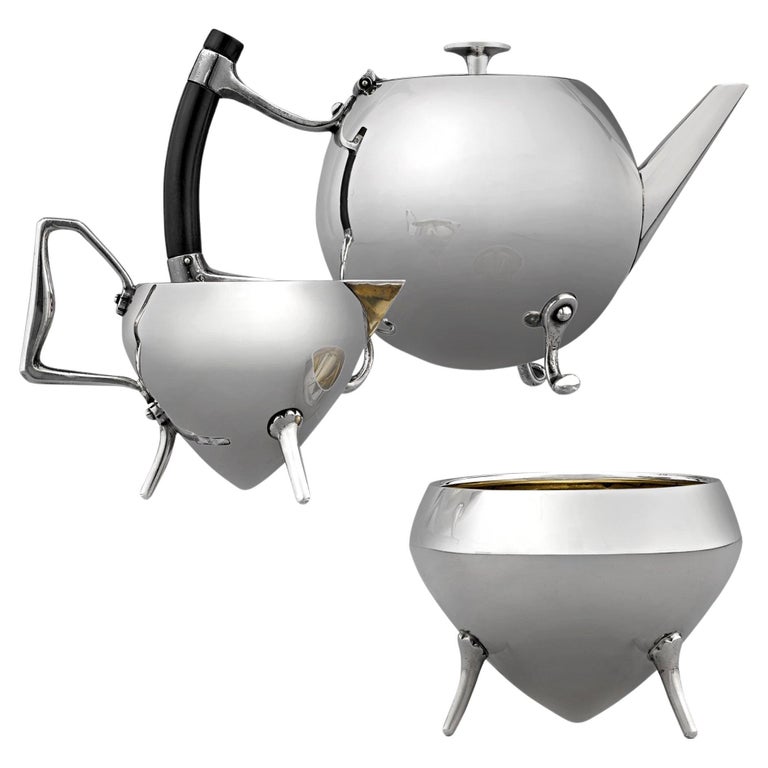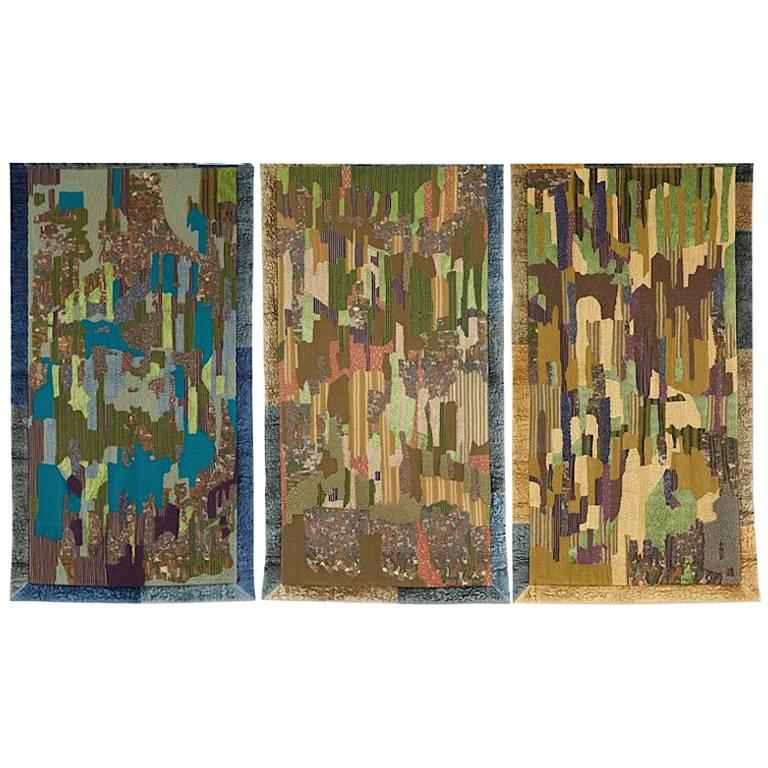October 26, 2025When I interviewed William Sofield years ago for an article in Vogue Hommes International, he told me he had a theory that there were several Andy Warhols. “He was almost like Santa Claus, where there’s a different one in every department store,” Sofield said. “I mean, how does one man go to twelve parties a night?”
Taking a look at the just published Rizzoli monograph Studio Sofield Works — all 655 pages of it! — you could be forgiven for believing there are several Bill Sofields, too, so great is the breadth, diversity and volume of his oeuvre. He has, for instance, completed more than 1,000 retail stores dating back to 1996, many of which have been for Tom Ford (when he was designing for Gucci, Yves Saint Laurent and his own eponymous label). “Bill put interior design on the map with brands,” says Christine Gachot, a Studio Sofield alumna. “All of a sudden, designers became very desirable to help them develop narratives. Bill invented that.”
Ford met Sofield when he became obsessed with a 14-foot Vladimir Kagan sofa in Aero, the Soho design boutique Sofield cofounded with Thomas O’Brien in 1992. “I couldn’t get it into the building where I was living at the time,” Ford once told me in an interview. “So, [instead of buying it,] I would occasionally go by, sit on it and think how great it was.”

Sofield has also worked on numerous private residences for Ford, who writes in the book, “Bill is nothing short of brilliant. Sometimes, his ideas are quite radical and, at first, they usually scare me because they always involve ripping out walls or tearing down parts of a building. But, I have learnt to listen to him as he is, frustratingly, always right.”
While there may, in fact, only be one Bill Sofield, the studio is very much not a one-man show. His design partner for nearly four decades has been Emma O’Neill, whom he met back in the 1980s when they were both working for the decorating firm de Marsillac Plunkett, whose clients included New York’s social elite, as well as Cartier and Tiffany & Co. “The two are as different as they are like,” writes Ford. “Emma is more subtle and restrained.”
She joined Sofield’s firm shortly after it was established, in 1996, and the projects they have worked on since are nothing short of phenomenal. They include two homes for Ralph Lauren, a Los Angeles house that film director Joel Silver commissioned from starchitect Ricardo Legorreta and an early-20th-century estate in the Hudson Highlands for art power couple Jack Bankowsky and Matthew Marks. Also in Upstate New York, he decorated Brice and Helen Marden’s grand country house, Rose Hill. As Brice is quoted in the book, “Bill’s a minimalist, he just likes a lot of it.”

He is universally applauded for the depth of his knowledge of architecture and the decorative arts. “Sofield’s capacious understanding of history allows him to craft spaces that harness the spirit of bygone eras and to raise the pulse of our contemporary one,” journalist Mayer Rus observes.
That is no doubt one of the reasons the studio has worked on so many historically significant projects. It oversaw the design of the interiors of the Steinway Hall and Tower on Manhattan’s West 57th Street and is currently transforming the Flatiron Building into apartments. It has created guest pavilions at Frank Lloyd Wright’s Auldbrass Plantation, in South Carolina, and restored Sir John Nash’s Doric Villa, in London’s Regent’s Park. Then, there is the Paul Rudolph–designed Halston House, in New York, and a Beekman Place apartment whose storied former owners included members of the Rockefeller, Whitney and Roosevelt families.
Sofield himself splits his time between a dark, moody Soho apartment and an early-1930s house in Bedford Hills, New York, built by Edward Durell Stone and decorated by Donald Deskey, which is recognized as the first International Style private residence in the United States designed by an American architect. Many of his other abodes have been a little more eccentric. They include an old cold-storage warehouse on the Hudson River, a former X-rated theater in the East Village and Balcastle, a Gothic Revival edifice with a crenellated tower in Southampton. He still owns a decommissioned 19th-century lighthouse off the coast of Maine.


The one with perhaps the best backstory — and Sofield loves nothing better than a good anecdote — is his former home in Laurel Canyon, Los Angeles, which once belonged to Douglas Fairbanks. The actor transformed what had been a simple Arts and Crafts bungalow by adding two pavilions that were based on those of the Imperial Palace in Tokyo. For many years, the house served as the secret love nest of Fairbanks and Mary Pickford.
Among the original features Sofield kept were the Magic Chef stove and Pickford’s bathtub (the first built-in tub in Hollywood). He then brought in his longstanding collaborator, artist Nancy Lorenz, to help him decorate the house. “The whole process was kind of improvised,” she remembers. “Bill said, ‘Pick a room and do something.’ I sat in the house for two weeks with my sketchbook and came up with ideas for each room.” The results included a metallic frieze that ran around the living room and a deep purple ceiling in the dining room. “With Bill, everything gets bigger and more imaginative,” says Lorenz. “It’s an opportunity to dream.”

Laurel Canyon is one of 13 projects that get their own chapters in the book. In addition, a fascinating chronological section traces not only the trajectory of the studio but New York’s changing social environment as well. “You can’t understand the Soho Grand [an early boutique hotel he designed, which opened in 1996] without understanding what Soho was like — the rats, the collapse, the poverty,” says Sofield. It also contains several gorgeous essays, one of which is by Sofield’s longtime friend the writer A.M. Homes, who artfully sums up his style: “There is dissonance. There are extremes. It is never this or that, either/or, but constantly both, all, and then some, each idea pushing the other forward, coaxing the old into the new.”

Because Sofield and O’Neill are habitually discreet (the studio doesn’t even have an Instagram account), the book will be a revelation even for those who thought they knew the magnitude and importance of Studio Sofield’s output. For the designers, it offered a rare opportunity for reflection. “We’re always anticipating the next thing or are in the next thing,” says Sofield. “It was my astrologist who said that to stand still for me is to move backwards.”
Here, Sofield and O’Neill sit still for a moment to chat with 1stDibs.


How did the book come about?
Bill Sofield: We kept saying, “No, no, no.” We would start a little, and then we’d go, “We’re not that public, we shouldn’t do it. Our whole thing’s about privacy.” Then, Mayer Rus practically locked me in a room with Charles Miers, from Rizzoli. Finally, I said, “Only if it’s the biggest, most expensive book you’ve ever done.” And I thought that would put an end to things. And they said, “OK.” We ended up using the Vatican’s book binders, because it was the only place that could bind something that thick.
Emma, it says in the book that you come from a long line of architects and mentions a connection to Mies van der Rohe. Can you say a little more?
Emma O’Neill: My father became an architect in Dublin and studied at MIT with Mies van der Rohe in the fifties. He then worked for him for a few years before returning to Ireland. He told me he was a very warm, humorous man, despite the seriousness of his buildings. He was also incredibly hospitable. He had the whole studio to his apartment every Friday night for cocktails.

What do you remember about your first meeting?
Sofield: It was quite by happenstance. I was directing this studio at a very young age, only because our employers were socialites and would go off to Brazil for three months and leave things in our hands. Emma appeared on the doorstep and, I joke, like Maria von Trapp, with a huge guitar case and huge hat, going, “I’m here.” I had no idea she was coming. She was thrust upon me because of a conversation [the firm’s co-owner] Baron Dunsany had had with her father at a cocktail party.
How do you work together?
O’Neill: We’re very much about problem solving and tend to approach the same problem from two different angles. Bill’s skill is he has incredible historical knowledge and visual recall. He’ll have seen a thing once and can draw it for you.
Sofield: Emma has this quiet patience, listening to the client, really getting inside their lives.

Can you talk about some of the incredible people you’ve worked with?
Sofield: I never like to make assumptions about people. Ralph Lauren’s house in Montauk is very unexpected, because people knew him for the Englishness and the exuberant, but it’s very quiet, it’s Japanese. I introduced some very subtle details. Everything was done in cedar.
Then, I think of Brice and Helen Marden. So many people are in a hurry. “How quickly can it be done? I need to be in by Christmas.” And they were invested in the long game. We sat in spaces, we experienced them in different seasons.
O’Neill: I think the common trait of the people we work with is their sophistication. They’re pretty brave, they’re not looking for the norm. They come to us for a challenge.
Sofield: We’re currently carving a townhouse in downtown Manhattan out of mycelium, for instance. I’ve always wanted to use mushrooms. I like things that push the envelope. I would say the people we work with are curious. It has nothing to do with income level or budget. Emma says we’d never take on a client we wouldn’t want to have drinks with.

Your own homes have always been extremely interesting, Bill. What draws you to them?
Sofield: I get to play with the ugly, the broken, the orphans, the things that are really overlooked. Oftentimes, they are projects that nobody else in their right minds would take on. The Irish Gothic folly in Southampton is a big personality to embrace. The house has such presence. The Laurel Canyon house in L.A. had Japanese tendencies, but I really pushed the envelope. And it had collapsed. El Niño hit and it slid down the hill in the flood, and people were pinned under it. When I showed up, there was caution tape around it, and the news crews had just left. The real-estate agent had his head in his hands and said, “I guess the deal’s off.” “Absolutely not!” I replied. “I love that!” It was then how to hold the house back on the hill using the weight of the water in the swimming pool as a buttress.
O’Neill: Laurel Canyon in particular, Bill, was you embracing all the artists that stayed there and worked with you on the interiors. Everybody had to go out and buy an object to place in the house that had meaning and a narrative.
Sofield: I gave everybody, including Nan Goldin, twenty dollars, and they had to go to the flea market and pick one thing for the house. And invariably, they were the favorite things in the house.
O’Neill: It goes to Bill’s sensibility for objects. They’re not collected for their resale value. They have a life to them, and there’s a reason they’re being placed there. You always say, Bill, that it’s like a dinner party, and how do you best place the guests around the table to ensure interesting conversations.


A more recent evolution in your work has been the design of several residential buildings in Manhattan. How did that come about?
O’Neill: We were always doing buildings, even in the early days. One of Bill’s first projects was a house in Maine for a client. With Tom Ford, we were doing ground-up buildings for Gucci and Yves Saint Laurent boutiques, which won architectural awards. But the move into residential towers has been very interesting, because we know those clients, we know how they live. We know how they entertain, how they need the snoring room. It’s discreetly called “his dressing room,” but it’s actually the snoring room. So, we know their expectations, which has allowed our developer clients to build buildings that don’t have to be torn apart immediately after purchase.
One Thirty-Five East Seventy-Ninth Street was our first, and I think Bill came to that project with an extraordinary attitude that this building was going to give back to the public as well. It wasn’t just about the buyer in the building and the client who developed the project. It’s also part of everyday life. There’s a bus stop outside. The people waiting there can have an enjoyable experience looking at the facade. Hence, the pear trees with Goth bats and rats and rabbits and things to either side of the entrance, which Bill sculpted himself.

Can you talk about a couple of historically significant projects you’ve worked on?
O’Neill: The Flatiron is our latest. What an opportunity to work on such an icon. It’s once more proof of Bill’s incredible memory. He saw an image from back when Madison Square Park [which the building overlooks] was Madison Square Gardens, and there was this extraordinary street light on Broadway, and that has become the inspiration. We’re making a chandelier for the lobby that is the inversion of it.
Sofield: One thing mentioned in the book is High Ridge, the house I live in, which Stone and Deskey built for — and with — department store heir Richard H. Mandel. People who have been there will say, “It’s so remarkably warm and friendly. I’ve never been in an International Style house like that.” People look at black-and-white photographs and assume things were white. In fact, it was filled with color, all of which has been erased. For me, the trick is knowing the archaeology and how to transform it into something that’s usable for today.

What’s the Studio Sofield DNA? What do your very diverse commissions have in common?
Sofield: I would say you can expect the unexpected. I think it’s based in our aversion to boredom. We try to one-up ourselves. It’s like those Olympic athletes who have nobody to compete against, so they have to keep breaking their own records. There’s a little bit of self-inflicted challenge.
O’Neill: The other common thread is that we love working with makers.
Sofield: It’s kind of taken for granted now that these artisans and crafts exist. When I started, everybody was going out of business. Nobody wanted that type of thing. We were keeping people alive.
O’Neill: There was also Vladimir Kagan.
Sofield: Nobody knew about him at that moment in time. I looked him up in the phone book, and he said, “I didn’t know anybody still knew about my work.” We became friends, and he wrote me the nicest letters, saying, “Thank you so much for saving me.”


Apart from building a townhouse from mushrooms, what’s the most unusual thing a client has asked for?
O’Neill: For the Tom Ford stores, Mr. Ford decided he’d like to have bonsai trees in every boutique. They are quite temperamental and require a lot of care and the right amount of light. We ended up owning a plantation in Upstate New York for bonsai trees that needed to be swapped out on a regular basis.
Finally, what’s next?
Sofield: I don’t think we ever calculate.
O’Neill: There is no master plan.
Sofield: We just show up each day saying, “Do we want to do it another day?” But I’d like to explore new typologies. I’ve always wanted to do a school, a museum. We already do a lot of garden design, and we’d love to do more of that.


